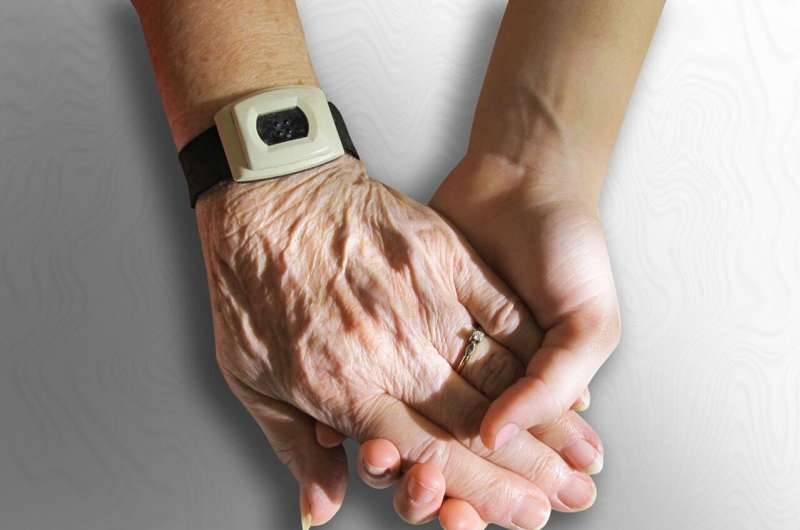Nearly all people in the US are within an hour of life-saving stroke care

Nearly all people in the U.S. can access life-saving stroke care within an hour by ambulance, no matter where they live in the country, according to preliminary research to be presented at the American Stroke Association's International Stroke Conference 2022.
Ten years ago, national data suggested that about 1 in 5 people in the U.S. (20%) could not access the level of timely stroke care that may save their life or prevent future disability. Since then, the addition of more hospitals with the specialized staff, tools and resources to provide advanced stroke care and the increased use of telestroke services (a remotely located stroke neurologist evaluates and provides recommendations for patients with stroke in an emergency department via interactive videoconferencing) has expanded in hospitals across the country, connecting small and rural hospitals with stroke neurologists at specialized stroke care centers ready to provide remote stroke consultations around the clock.
"Investments in improving stroke systems of care have been successful, and we are seeing improved access to stroke expertise and improved health care for patients who are remote from centers of expertise, so it's a message of hope," said Kori S. Zachrison, M.D., M.Sc., lead study author and an associate professor of emergency medicine at Massachusetts General Hospital and Harvard Medical School, both in Boston. "There is a narrow window of time for delivering disability-reducing stroke treatments. Improving post-stroke outcomes for patients depends on a patient's ability to access that care. With increased implementation of telestroke, optimal stroke care has been made possible for an estimated 96% of the U.S. population, which is remarkable, considering the geographic span of our country."
The aim of the new research was to provide an up-to-date summary of stroke centers and emergency departments equipped with telestroke units and determine the proportion of the U.S. population with access to these facilities. Researchers accessed data from the 2020 U.S. Census Bureau combined with the 2019 National Emergency Department Inventory, a compilation of all emergency departments across the nation. Data from these sources included location, stroke center status and an availability of telestroke services. Using the 2019 National Emergency Medical System Information data, they calculated driving times from every census block in the country to the nearest emergency department with telestroke capacity or the nearest acute stroke ready or primary or comprehensive stroke center (a hospital equipped to deliver time-sensitive emergency stroke care).
The analysis found:
- Of the 5,587 emergency departments nationwide, 46% are in an acute stroke ready hospital or stroke center. Of these, 55% also have telestroke services.
- Of the 3,024 (54%) emergency departments that are not in an acute stroke ready hospital or stroke center, 36% have telestroke services.
- Researchers estimate that 91% of the U.S. population can reach an acute stroke ready hospital or stroke center within an hour by ambulance, receiving life-saving care, and if telestroke-capable emergency departments are included, that number rises to 96%.
- The percentage of the population without access to a stroke center or telestroke-capable emergency department varied by region, from 1% in the Middle Atlantic to 9% in the West Mountain portions of the country (Arizona, Colorado, Idaho, New Mexico, Montana, Utah, Nevada, and Wyoming).
"Unfortunately, geography plays a role in access to health care—if you live in rural areas your access to advance stroke care is not as available as if you live in the middle of Boston or New York City, for example. Through telestroke, we have been able to begin to close geographic disparities and improve access to optimal care by bringing stroke expertise to patients where they are—this is profound," Zachrison said.
In May 2020, stroke experts from the American Heart Association's Stroke Council issued new guidance, "Pre-hospital Triage of Acute Stroke Patients During the COVID-19 Pandemic," to establish protocols that optimize handling suspected stroke cases before they arrive at a hospital during the ongoing COVID-19 crisis and future pandemics. One of the goals included increased interactive videoconferencing (telestroke) networks to assess and provide treatment as quickly as possible. An American Stroke Association Policy Statement, Recommendations for the Establishment of Stroke Systems of Care: A 2019 Update, also recognized the value and cost-effectiveness of telestroke in providing more equitable access to advanced stroke care.



















